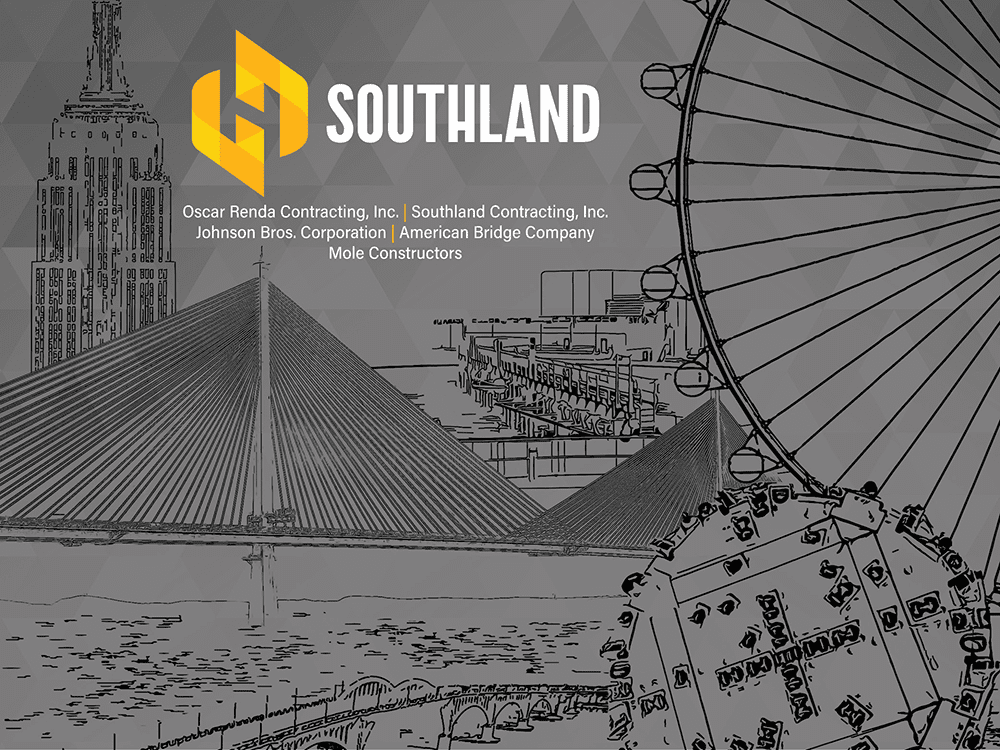Completed in 1874 by American Bridge, the Eads Bridge project consisted of the first steel bridge across the Mississippi River, constructed by Keystone Bridge, one of the forerunners of American Bridge. The bridge features three arch spans measuring 502, 520, and 502 feet in length. Cantilevering was used to erect the arches without centering. Each span has four truss-stiffened arches with parallel chords, 12 feet apart, made of wrought iron tubes 16 inches in diameter, with chrome steel staves inside. The depth of the river required the use of pneumatic caissons instead of cofferdams to build the piers.
Project Details
- Owner: Terminal Railroad Association of St. Louis
- Location: St. Louis, Missouri, United States
- Performed as: American Bridge Company
- Project value: $0.00
- Completion Date: July 1874



